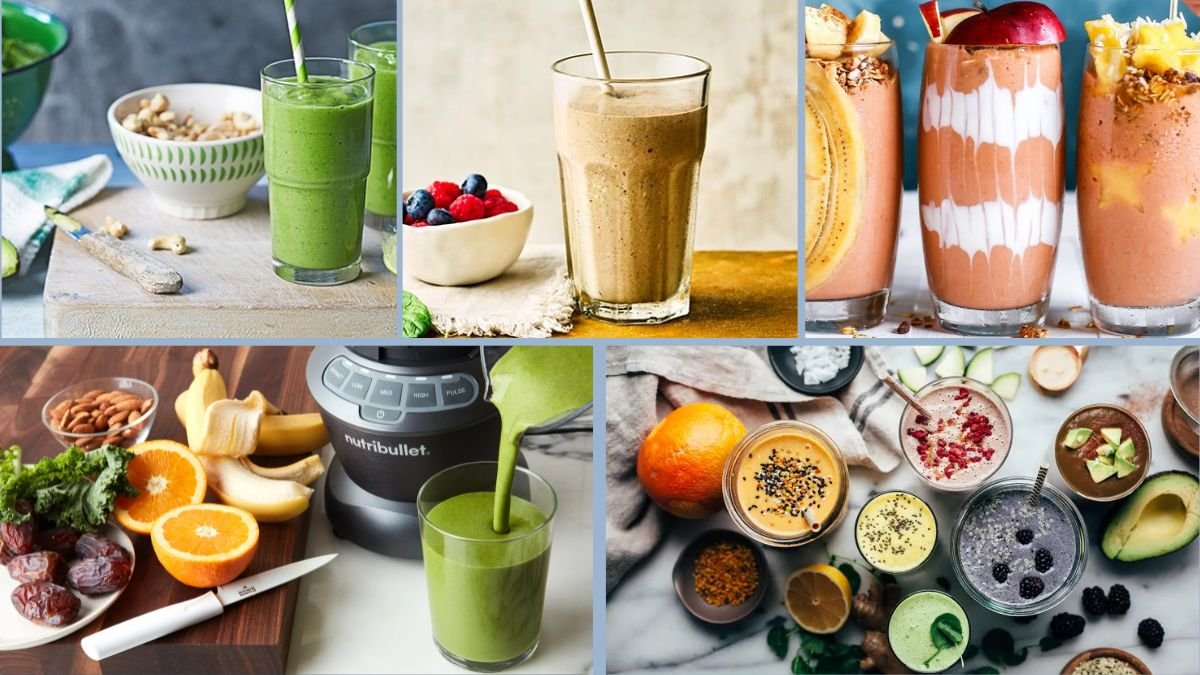Breakfast smoothies are a popular choice for busy mornings, offering convenience, flavor, and nutrition in a single glass. While fruits and vegetables provide vitamins, minerals, and fiber, protein is often lacking in standard smoothie recipes. Protein is essential for satiety, muscle maintenance, metabolism, and overall health, making it a critical component of a balanced breakfast.
For vegetarians, ensuring adequate protein intake in a smoothie requires thoughtful selection of plant-based ingredients. This article explores nine effective ways to boost protein content in breakfast smoothies, examining nutritional benefits, preparation tips, and practical applications. By incorporating these strategies, breakfast smoothies can become complete, nutrient-dense meals that support energy, satiety, and overall well-being.
Why Protein Matters in Breakfast
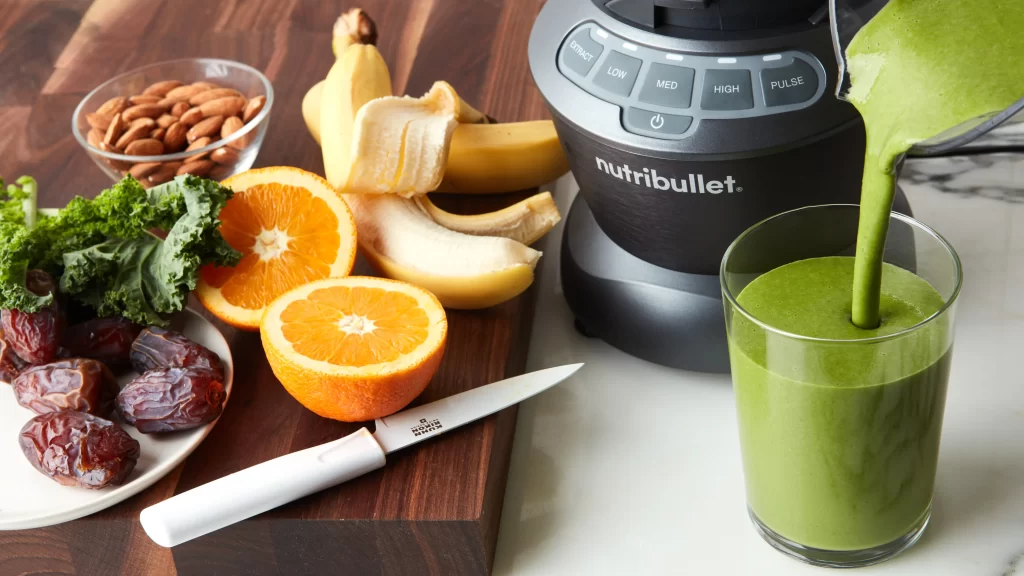
Protein plays a key role in maintaining health and well-being:
- Satiety: Protein slows digestion, keeping you full longer and reducing mid-morning snacking.
- Muscle Maintenance: Essential for repairing and building muscle tissue, especially for active individuals.
- Metabolic Support: Protein-rich meals increase thermogenesis, slightly boosting metabolism.
- Blood Sugar Regulation: Protein helps moderate post-meal glucose spikes when paired with carbohydrates.
- Nutrient Synergy: Many protein sources provide additional vitamins and minerals, enhancing overall nutritional value.
A protein-rich breakfast smoothie ensures sustained energy, supports healthy weight management, and contributes to balanced nutrition.
1. Greek Yogurt or Plant-Based Yogurt
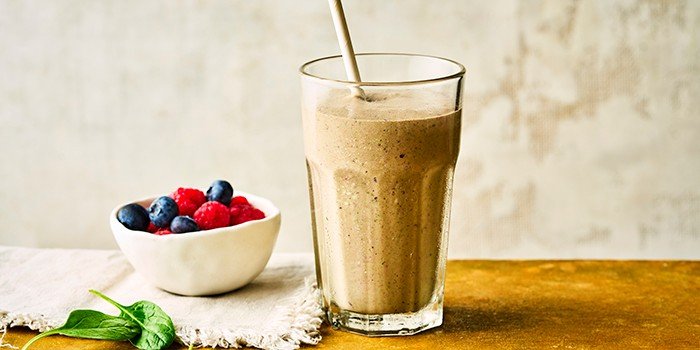
Benefits
Greek yogurt is high in protein (10–12 grams per 100 grams) and offers probiotics that support gut health. For a vegan alternative, soy or pea protein-based yogurt provides similar protein content.
Tips for Smoothies
- Use plain, unsweetened yogurt to control sugar levels.
- Combine with fruits like berries or bananas for natural sweetness.
- Add spices such as cinnamon or vanilla for flavor enhancement.
2. Silken Tofu
Benefits
Silken tofu is an excellent source of plant-based protein (about 8 grams per 100 grams) and contains all essential amino acids. It blends smoothly, creating a creamy texture without altering flavor significantly.
Tips for Smoothies
- Use soft silken tofu for a velvety texture.
- Combine with fruits and a small amount of sweetener or vanilla extract for flavor.
- Ideal for protein-heavy, low-fat smoothies.
3. Protein Powder
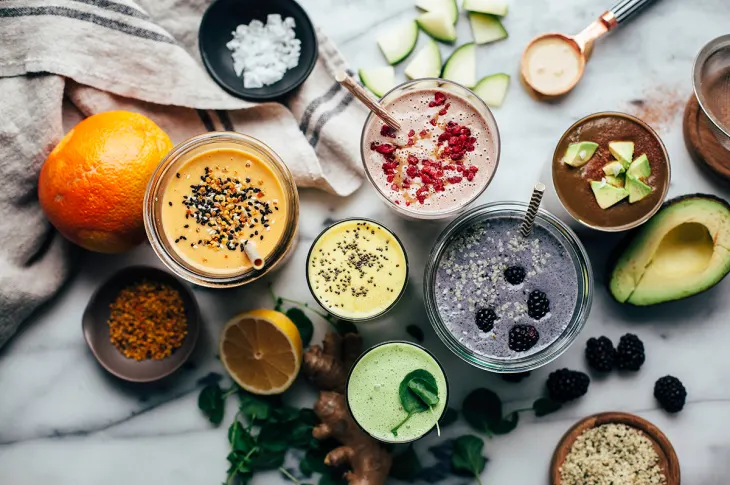
Benefits
Plant-based protein powders, derived from peas, hemp, rice, or soy, provide concentrated protein (15–25 grams per serving) and can easily meet daily protein requirements.
Tips for Smoothies
- Choose unflavored or lightly flavored powders to avoid excess sugar.
- Start with 1 scoop per smoothie and adjust according to protein needs.
- Mix with almond milk or oat milk for a creamy consistency.
4. Nut Butters
Benefits
Almond, peanut, cashew, or sunflower seed butter adds protein, healthy fats, and flavor. Typically, 2 tablespoons provide 7–8 grams of protein.
Tips for Smoothies
- Blend thoroughly to prevent clumping.
- Pair with bananas, cocoa, or berries for complementary flavor.
- Use natural nut butter without added sugar or oils.
5. Chia Seeds
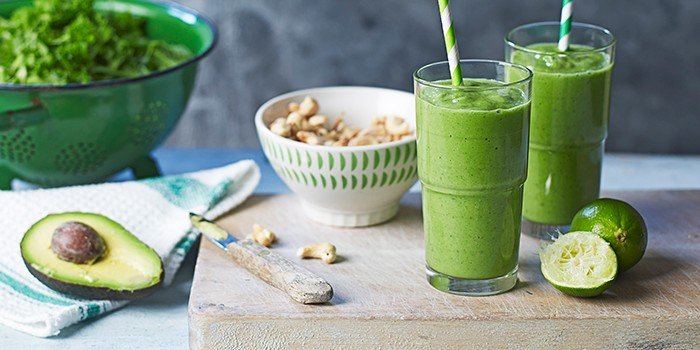
Benefits
Chia seeds provide 4–5 grams of protein per 2 tablespoons, along with omega-3 fatty acids, fiber, and antioxidants. When soaked, they form a gel-like consistency, adding creaminess.
Tips for Smoothies
- Soak chia seeds in water or milk for 10–15 minutes before blending.
- Combine with fruits and leafy greens for nutrient-dense smoothies.
- Great for thickening and adding texture naturally.
6. Hemp Seeds
Benefits
Hemp seeds are a complete protein, containing all essential amino acids, with approximately 10 grams of protein per 3 tablespoons. They also provide healthy fats and minerals like magnesium and iron.
Tips for Smoothies
- Add directly to the blender for a subtle nutty flavor.
- Pair with banana, spinach, or cocoa powder for taste balance.
- Can be sprinkled on top as a garnish for texture.
7. Oats
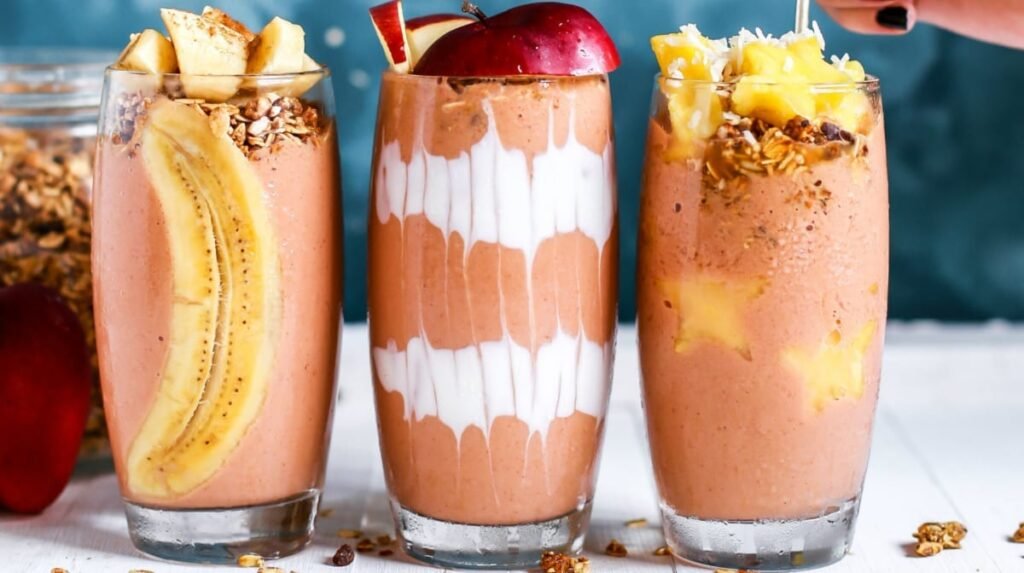
Benefits
Rolled or quick oats provide protein (about 5 grams per half-cup) and complex carbohydrates for sustained energy. They also contribute fiber for digestive health.
Tips for Smoothies
- Blend oats with liquid before adding fruits for smooth texture.
- Combine with almond milk and a banana for creamy consistency.
- Optionally toast oats lightly for a nutty flavor.
8. Cottage Cheese or Plant-Based Ricotta
Benefits
Cottage cheese offers high protein content (12–15 grams per half-cup) and a creamy texture. For a vegan alternative, plant-based ricotta or soy-based cream cheese can be used.
Tips for Smoothies
- Use plain, unsweetened varieties to maintain control over sugar.
- Blend with fruits like mango, berries, or peaches for flavor.
- Balances creamy texture and protein content effectively.
9. Edamame or White Beans
Benefits
Cooked edamame or white beans provide 7–8 grams of protein per half-cup and contain fiber and micronutrients like folate and magnesium. They are neutral in flavor and blend well.
Tips for Smoothies
- Rinse canned beans thoroughly before blending.
- Use with fruits and plant-based milk for neutral flavor.
- Great for high-protein, low-sugar smoothie variations.
Practical Tips for Protein-Rich Smoothies
- Balance Macronutrients: Combine protein with fruits, vegetables, and healthy fats for a complete meal.
- Control Consistency: Adjust liquid content when adding powders, seeds, or beans to maintain smooth texture.
- Flavor Pairing: Match protein sources with complementary flavors (e.g., almond butter with banana, cocoa, and spinach).
- Batch Prep: Prepare smoothie packs in freezer bags for quick mornings; add liquid and protein before blending.
- Nutritional Boosters: Incorporate spices like cinnamon, turmeric, or ginger for additional health benefits.
Health Benefits of Protein-Rich Breakfast Smoothies
- Supports Satiety: Reduces mid-morning cravings and helps maintain calorie balance.
- Maintains Muscle Mass: Provides essential amino acids for muscle repair and growth.
- Boosts Energy: Sustains blood sugar levels and prevents energy crashes.
- Enhances Nutrient Density: Combines protein with fiber, antioxidants, and micronutrients.
- Supports Weight Management: High-protein breakfasts are associated with better appetite control and reduced snacking.
Culinary Applications
- Quick Breakfast: Protein-rich smoothies can be prepared in under 5 minutes, ideal for busy mornings.
- Post-Workout Recovery: Provides protein and carbohydrates for muscle repair and energy replenishment.
- Meal Replacement: With added fats and fiber, smoothies can serve as a balanced, portable meal.
- Family-Friendly: Smoothies can be adapted for children with naturally sweet fruits while maintaining protein content.
Conclusion
Protein is a critical component of a balanced breakfast smoothie, supporting satiety, energy, muscle maintenance, and overall health. By incorporating ingredients such as Greek yogurt, silken tofu, protein powders, nut butters, seeds, oats, cottage cheese, and even legumes, vegetarians can easily achieve a high-protein breakfast without relying on animal products.
These nine strategies demonstrate how versatile breakfast smoothies can be while meeting nutritional needs. With thoughtful ingredient selection, smoothies can be tailored to taste preferences, dietary restrictions, and energy requirements, making them a convenient, satisfying, and nutrient-dense start to the day.
By integrating these protein-boosting methods, individuals can transform a simple smoothie into a complete, health-supporting breakfast that promotes sustained energy, muscle support, and overall wellness.
